why buy food locally
LOCAL FOOD is food you know.
Local farmers can tell you how the food was grown. You can ask what practices they use to raise and harvest the crops. When you know where your food comes from and who grew it, you know a lot more about that food and create a connection in your community.
Locally grown food is full of flavor. When grown locally, the crops are picked at the right time to provide the maximum taste, quality, freshness, and flavor.
Local food has more nutrients. Local food has a shorter time between harvest and your table, and it is less likely that the nutritional value has degraded. Food imported from far-away states and countries is often older, has traveled extensively and sat in distribution centers before it gets to your store, where it may sit even longer.
Local food supports the local economy. The money that is spent with local farmers and retailers all stays close to home and is reinvested with businesses and services in your community.
Local food benefits the environment and is more sustainable
Local foods reduce the use of fossil fuels. Buying from local vendors means the product has less travel time from the farm to your table. All of the energy that is used to transport food via planes, trains, trucks and ships contributes to global climate change and unhealthy air quality. With the release of almost 250,000 tons of greenhouse gases attributed to the imports of food products, it’s no wonder that purchasing foods from your local farmer’s market could make a world of difference in limiting the use of fossil fuels.
Local food uses less plastic. The high rate of plastic consumption is a growing concern for our environment. In fact, a whopping 91% of plastic isn’t even recycled, which explains why 8 million metric tons of it ends up in our oceans every year. Buying local also reinforces the actional habit of BYOB (bringing your own bag) to the farmer’s market.
Local foods promote a safer food supply. The more steps there are between you and your food’s source, the more chances there are for contamination. Food grown in distant locations has the potential for food safety issues at harvesting, washing, shipping and distribution.
[ Source: Michigan State University Extension ]
“Very good popcorn! Light and kernels all popped. We really love this popcorn!”

